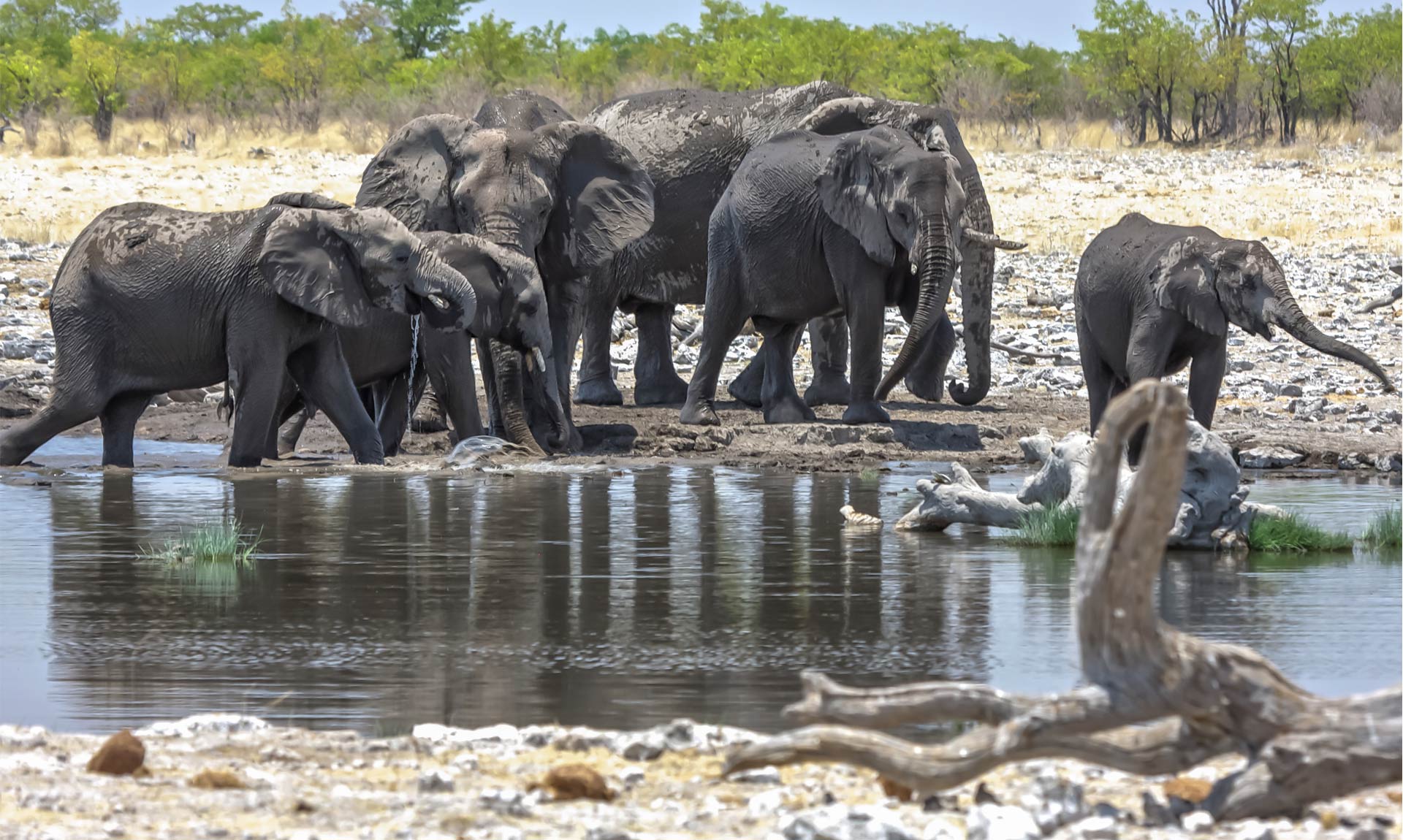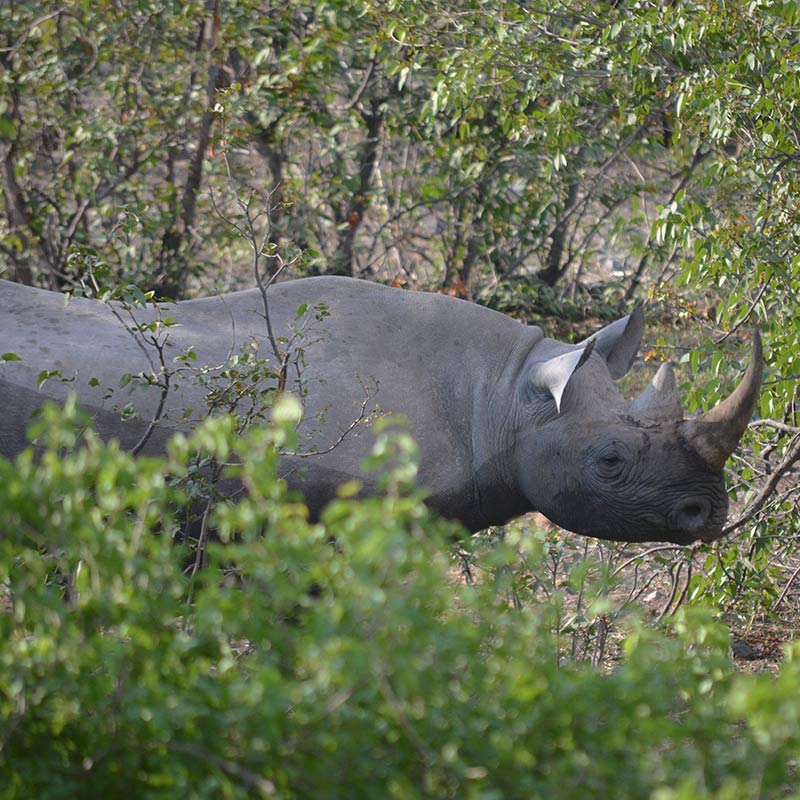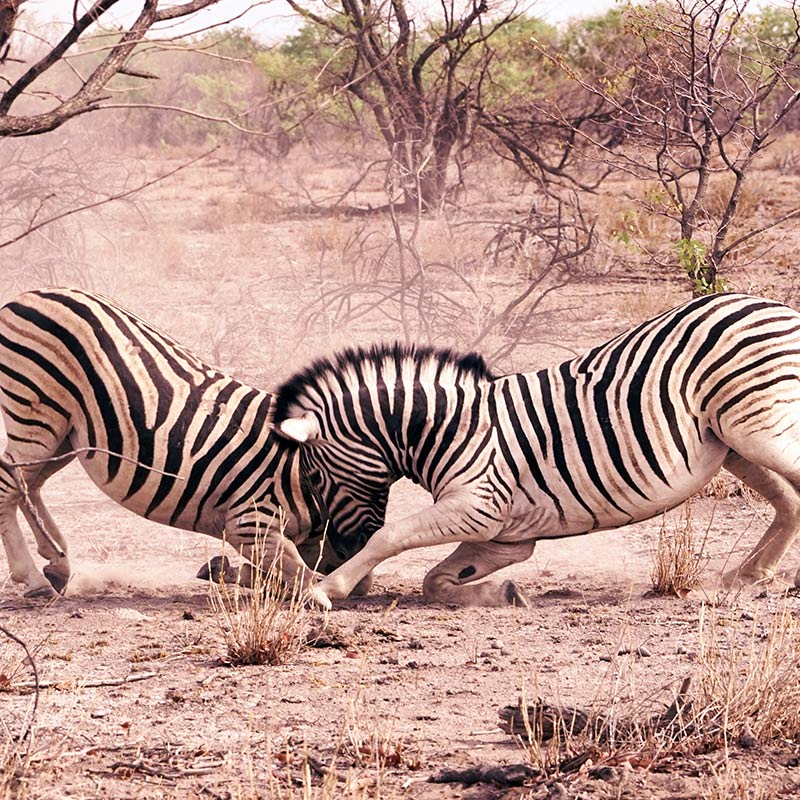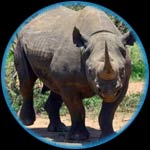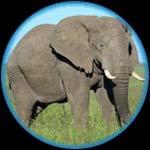SQUARE MILES
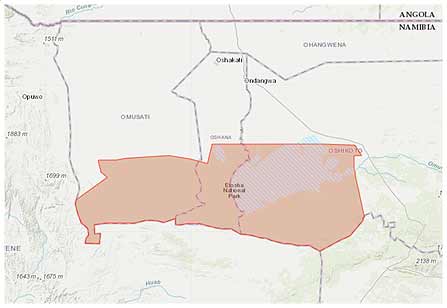
 LOCATED IN NORTHWEST NAMIBIA, IN SOUTHWEST AFRICA, IT COVERS APPROXIMATELY THE SAME AREA AS SLOVENIA
LOCATED IN NORTHWEST NAMIBIA, IN SOUTHWEST AFRICA, IT COVERS APPROXIMATELY THE SAME AREA AS SLOVENIA
 STRONGHOLDS FOR: MANY ENDANGERED SPECIES INCLUDING ELEPHANTS, LIONS AND THE SINGLE-LARGEST POPULATION OF BLACK RHINOS IN THE WORLD
STRONGHOLDS FOR: MANY ENDANGERED SPECIES INCLUDING ELEPHANTS, LIONS AND THE SINGLE-LARGEST POPULATION OF BLACK RHINOS IN THE WORLD
 ETOSHA NATIONAL PARK HAS NOT YET BEEN DESIGNATED AS A UNESCO WORLD HERITAGE SITE
ETOSHA NATIONAL PARK HAS NOT YET BEEN DESIGNATED AS A UNESCO WORLD HERITAGE SITE
ETOSHA FACTS

Etosha National Park is located in northwest Namibia, in southwest Africa. In 1907, the Governor of German South West Africa proclaimed the area as “Game Reserve Number 2”. The area was renamed Etosha Game Park in 1958. The parliament of the Republic of South Africa’s voted to change its status to National Park in 1967.
By 1954, a count of Elephants revealed that only 26 remained in the park. In the following years, a series of boreholes were drilled along the 19th latitude, over a course of 125 miles. The goal of this initiative was to attract Elephants by bringing drinking water to the surface. As a result of the success of this program, almost 3,000 Elephants now live in the park.
In 1970, the Black Rhino population in Namibia was 70,000. By the late 1980s, their population in Etosha National Park had reached an all-time low of only 48. Due to carefully implemented conservation programs, the park now has the single-largest population of Black Rhinos in the world. The number of Black Rhinos in the park is currently undisclosed. However, it is estimated that their current population in Namibia is approximately 1,750.
Among the other wildlife found in the park, are the Black-faced Impala and the Damara Dik-Dik; species that appear in only very small numbers in neighboring Angola.
ETOSHA UNIQUE FEATURES

The Etosha Salt Pan
The Etosha Salt Pan is an immense salt pan that covers almost 25 percent of Etosha National Park. It is the largest salt pan in Africa, easily visible from outer space. Natives of the Ovambo tribe call it the “great white place”, which is the English translation of “Etosha”. It’s believed that the Etosha Pan was originally a large lake fed by the Kunene River. When tectonic plate movement forced the Kunene River to change course about 16,000 years ago, the remaining water slowly evaporated, leaving behind the salt residue we see today. The Etosha Salt Pan is the only known mass breeding ground for flamingos in Namibia. There can be up to 1 million flamingos there at the same time.
ETOSHA THREATS
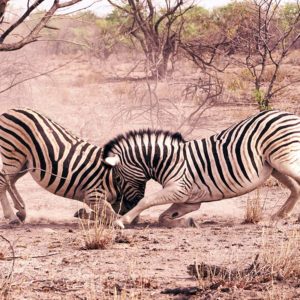
Etosha National Park has been threatened by poachers for decades. The current poaching crisis in the park began when socio-economic and political difficulties began in neighboring Zimbabwe. When poaching in Zimbabwe became too dangerous, poachers began invading their neighbor, Namibia. Poaching was solely responsible for the devastating reduction in Black Rhinoceros population described above. Conservation and custodianship efforts have been helpful. Unfortunately, if poaching continues at the current rate, Black Rhinos could be extinct within the next decade. If we allow it to happen, Black Rhinos will disappear in our lifetime.


